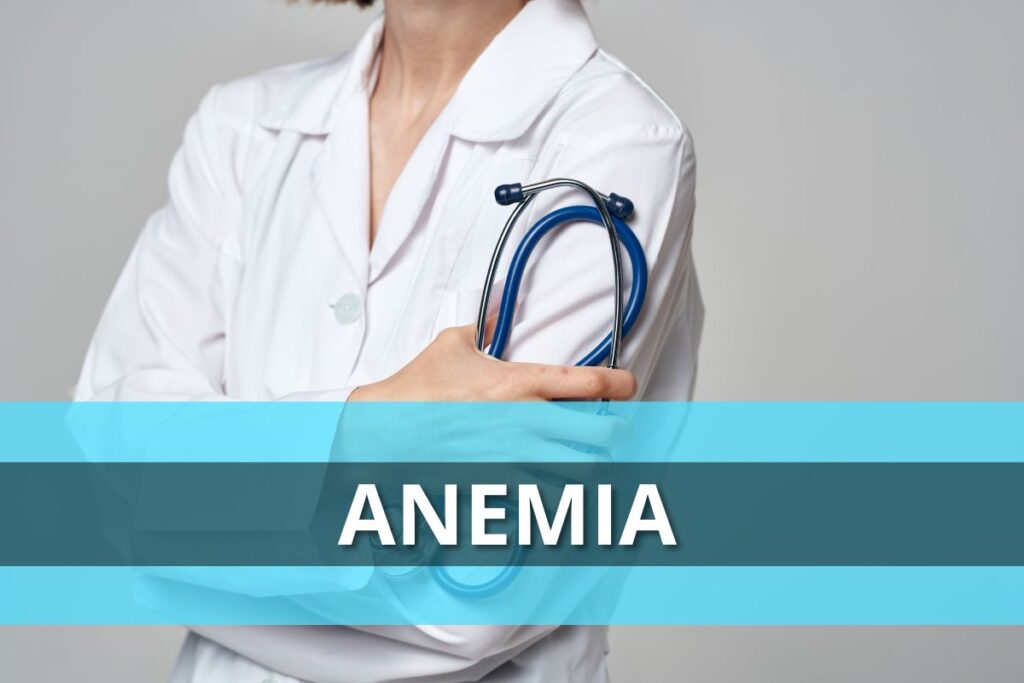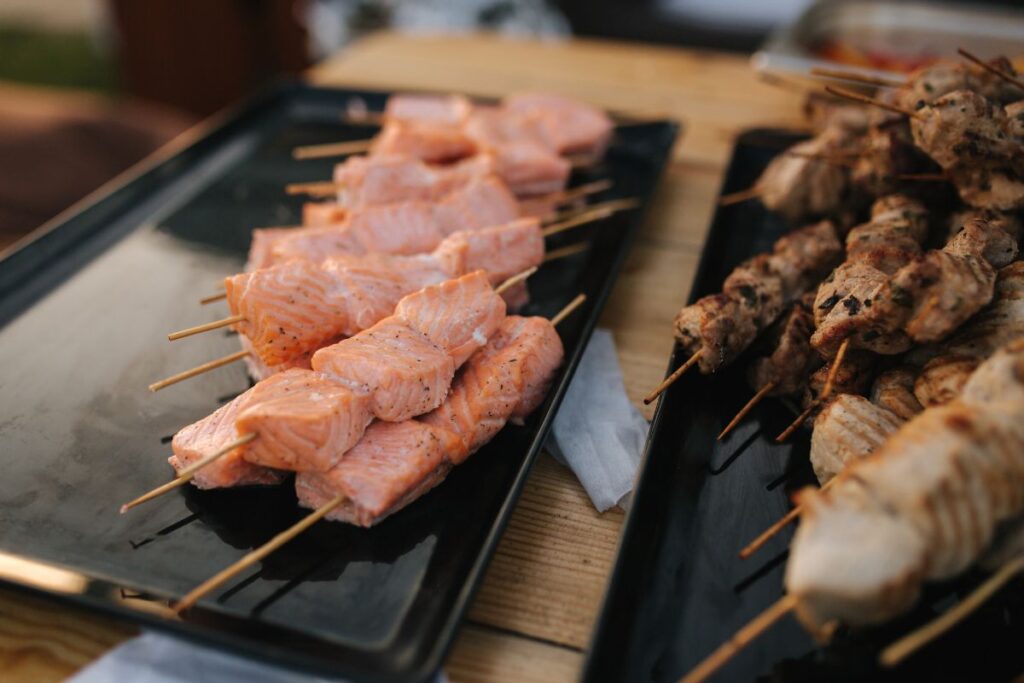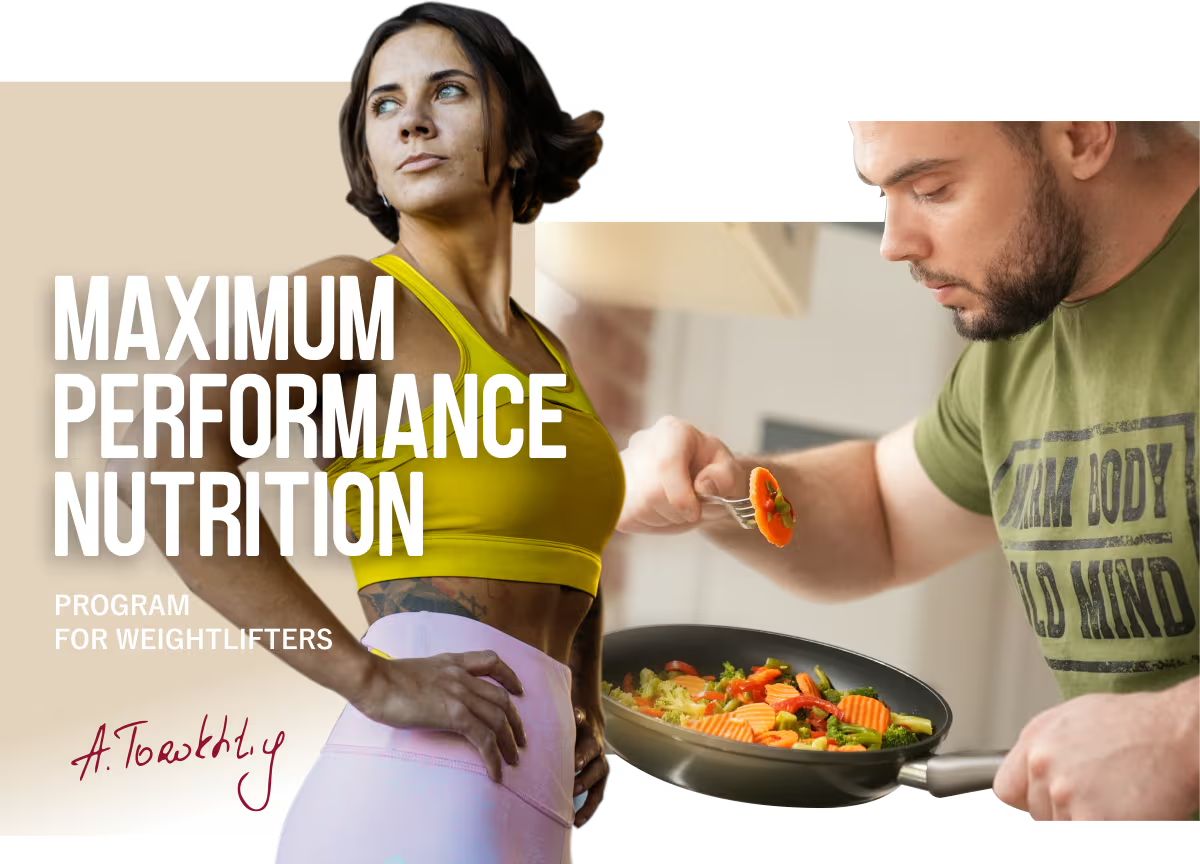Anemia
Author:
Unlock your full potential by engaging with our experts and community! Have questions about your fitness journey or looking for expert advice on weightlifting techniques? Don’t hesitate — leave a comment below and Sergii Putsov will provide a personalized answer and insights to help you reach your goals.
Torokhtiy is reader-supported. Some links are affiliate links, and we may earn a commission at no extra cost to you. See our disclosure page for details.

What is anemia?
Anemia develops when too few red blood cells (erythrocytes) are produced in the body, when erythrocytes are quickly lost due to bleeding, or when the body destroys too many erythrocytes.
Erythrocytes contain hemoglobin, an iron-rich protein that transports oxygen throughout our body cells. When the level of red blood cells or hemoglobin decreases, the body receives insufficient oxygen. As a result, symptoms such as constant fatigue or weakness, skin bliss, dizziness, increased thirst, increased sweating, shortness of breath, slow pulse, convulsions at the bottom of the legs, and even heart rate failure may appear.
What are the causes of anemia?
Iron deficiency in the diet is thought to be the most common cause of anemia. In other cases, the cause of anemia may be hidden in vitamin B9, vitamin B12 and vitamin A deficiency, as these nutrients take part in the production of red blood cells and hemoglobin. Less commonly, the cause of anemia is hidden in chronic inflammation, parasitic infections or genetic disorders.
Risk factors of developing anemia
Several factors increase the risk of developing anemia. These factors include:
You may like it:
- An unbalanced diet (including poorly planned vegetarian) that lacks iron as well as vitamins B9 and B12.
- Intestines diseases. Having a disease or disorder that affects nutrient absorption by the small intestine – such as Crohn’s disease or celiac disease – increases the risk of developing anemia.
- The presence of diseases that cause slow but chronic blood loss. The ulcerative disease is one of such disorders.
Remember that the daily iron rate is 8 mg for adult men and 18 mg is for women.
Iron, anemia, and sports
Iron deficiency impairs the physical efficiency and functioning of muscles, thereby reducing adaptation to loads and sporting results. Iron deficiency is usually due to low-calorie intake (in a typical mixed diet, there is 5-6 mg of dietary iron per 1000 kcal) and/or insufficient supply of heme iron. Heme iron has a higher bioavailability than non-heme iron and is found only in animal products, especially the liver, red meat, and fish. In the plant sources, iron is in a non-hemic form that is absorbed worse.

The reduction of the iron level in blood is caused by long-term training accompanied by hits of feet against a hard surface: and these are exactly all snatch, clean and jerk exercises, and jumps. The reason for this is that long-term walking and running results in intravascular hemolysis, or the destruction of erythrocytes. On top of that, during long and intensive training iron can come out with sweat. Training at high altitude above sea level also leads to a decrease in iron level.
The female athletes who adhere to a vegetarian style of nutrition, have to be especially attentive. They may have a much higher need for iron than non-athlete females.
Athletes and fans who run long distances, as well as those who are intensely engaged in power sports, should regularly check the level of iron in the blood. Do this only under medical supervision.
In some cases of iron deficiency anemia, athletes need not only to take iron in pill form but also for some time to refrain from heavy and long training. The normalization period may take several months.
It is interesting to note that additional iron intake is useful only for athletes with iron deficiency anemia. If the level of iron is normal, its intake in pill form or a supplement will have no impact on sports activity but can harm health.
How to adjust the diet to reduce the risk of iron deficiency anemia
I will list a few main recommendations below that will help increase the amount of iron consumed:
- It is desirable to adhere to an omnivorous diet, or at least pescetarianism when you are allowed to eat fish and seafood (a lot of iron is contained in oysters), in which there are both heme and non-heme iron.
2. Consume more plant iron sources (dried beans, tofu, tempeh, lentils, peas, beans, nuts and seeds, green leafy vegetables, peeled potatoes, dried herbs, and iron-enriched products). At the same time, it is better to consume them together with meat or fish, which will help to assimilate more non-heme iron.
3. For increased absorption of non-heme iron, consume vitamin C in each meal. It can be orange, kiwi, grapefruit, sweet pepper, broccoli, green leafy vegetables, tomato juice. - Soak the cereals and legumes well before cooking to reduce the number of phytates that reduce iron suction.
- Do not drink tea and coffee during meals, since the tannins contained in these beverages can also reduce iron absorption. Drink tea or coffee at least an hour before eating or an hour after eating.
Also, remember to pay attention to vitamins of B9 (green leafy vegetables, legumes, and enriched cereals) and B12 (only animal products – meat, fish and seafood, eggs, cheeses).
Finally, if you have already been diagnosed with iron deficiency anemia, likely, diet correction alone will not be enough. Usually, doctors prescribe a combination of iron tablets and nutrition correction.
Our nutrition programs are designed separately for men and women. We did it for a reason because we took into account different nutrient needs so that each of you gets the necessary amount of vitamins and minerals. Eat a balanced diet and be healthy!
You might be interested in:
Why Trust Us?
With over 20 years in Olympic weightlifting, strength training, nutrition coaching, and general fitness our team does its best to provide the audience with ultimate support and meet the needs and requirements of advanced athletes and professional lifters, as well as people who strive to open new opportunities and develop their physical capabilities with us.
By trusting the recommendations of our certified experts in coaching, nutrition, and sports training programming, as well as scientific consultants, and physiotherapists, we provide you with thorough, well-considered, and scientifically proven content. All the information given in the articles concerning workout programming, separate exercises, and athletic performance, in general, is based on verified data.
The product testing process is described in more detail here.
Author: Sergii Putsov
Head of Sport Science, PhD
Best Results: Snatch – 165 kg,
C&J – 200 kg
Sergii Putsov, Ph.D., is a former professional weightlifter and National team member, achieving multiple medals in the 94 kg weight category at national competitions. With a Master’s degree in “Olympic & Professional Sport Training” and a Sport Science Ph.D. from the International Olympic Academy, Greece, Sergii now leads as the Head of Sport Science. He specializes in designing training programs, writing insightful blog articles, providing live commentary at international weightlifting events, and conducting educational seminars worldwide alongside Olympic weightlifting expert Oleksiy Torokhtiy.




Still have questions after reading our article? Unlock your full potential by engaging with our experts and community! Don’t hesitate — leave a comment below and Sergii Putsov will provide a personalized answer and insights to help you reach your goals.